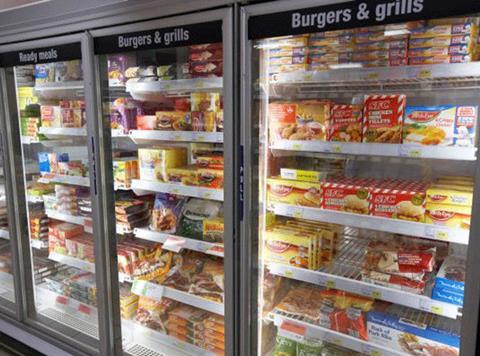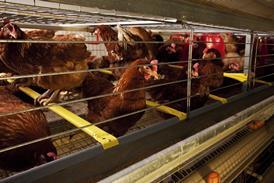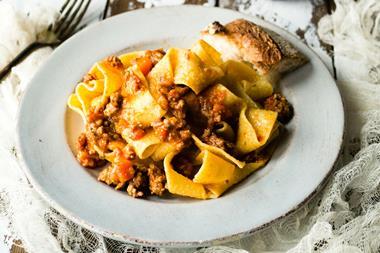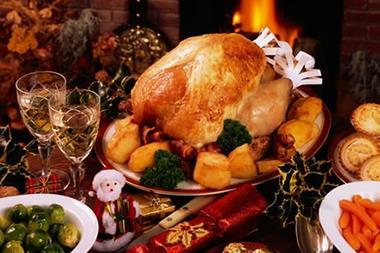
Publishing: 28 May
Advertising deadline: 11 May
Submissions deadline: 9 May
Conatct: Paul Davies (paul.artist@gmail.com)
The Story
Growth in frozen food has frozen solid: value has inched up 0.8% on volumes that have slipped 0.6%. Yet within British supermarkets’ freezers there are pockets of growth – meat products and savoury pastries are performing well while vegetarian protein is flying – and Iceland, Britain’s biggest dedicated frozen food retailer, is in decent growth. What’s driving this? Who else is performing well? Who’s struggling? And how are efforts to add value going?
Key themes:
Adding value: The frozen food market has been more or less flat over the past year, with value ahead slightly on volumes. To what extent has the average price rise been driven by the development of more premium (but often still cheap as chips) products, such as lobster tails and wagyu beef? What are players doing to drive frozen food’s push to the posh end of the market?
Range rationalisation: A key angle of this feature will be an exploration of how retailers have rationalised their ranges in the past year, with particular focus on which brands and own label ranges have lost and won space.
Frozen ready meals: Have had a strong year, in volume terms at least. Volumes shifted are up, although value is down. Not bad, considering the market was hit by the biggest food contamination scandal in recent years. What’s driving this?
Frozen poultry products: sales are plummeting. Why? This feature will explore who has been hit the hardest by the decline and how they are looking to recover, investigating whether anyone has managed to defy the decline and if any adjacent categories (chilled?) are benefitting from the decline in frozen.
Frozen fish: is still in value and volume decline. Why? What are brands and retailers doing to drive more value into the sector and put overall sales back into growth? The decline is being driven by brands, with some retailers prioritising own label products over them and rationalising branded ranges. Who’s been hit by this?
Other frozen categories: the scope of this feature is particularly wide, given the fact frozen food now accounts for about 7% of space in the big four. As well as the sub categories described above we will also be exploring everything from pizza to pastries, ice cream to vegetarian products, with a particular focus on innovation and the frozen foods biggest wins and losses over the past year.
Share of freezer: the supermarkets have finite freezer space, of course. So, with some frozen sectors in strong growth and others in decline how is the share of freezer space devoted to specific categories changing?
Advertising and marketing: This feature will also investigate how the marketing and advertising strategies of the category’s biggest brands have evolved over the past year and how they will develop in the coming year to sustain growth or return brands to growth. Of particular interest will be how brands are looking to use freshness and nutrition cues in their marketing.
Innovation: This will be key to this feature. We will be investigating how new product development has shaped the category over the past year and what is in store for shoppers in 2016. We will be profiling four of the most interesting launches in a separate innovation panel.
Promotions: This feature will explore how the promotional strategies of retailers and brands have changed over the past year. Attention will be paid to the promotional strategies of retailers and how this has affected average prices over the past year.
Key questions the feature is likely to address:
- What consumer trends have impacted the category over the past year?
- How have promotional strategies (both in terms of price and marketing) evolved?
- How have individual retailers’ strategies impacted the market?
- How has merchandising changed in the market?
- What impact has own-label had on branded players?
- What’s next for the category?
Downloads
Focus On Frozen
PDF, Size 0.28 mb













1 Readers' comment